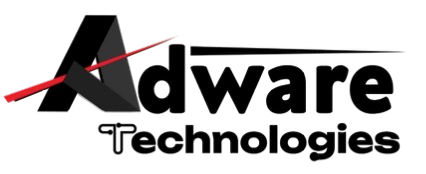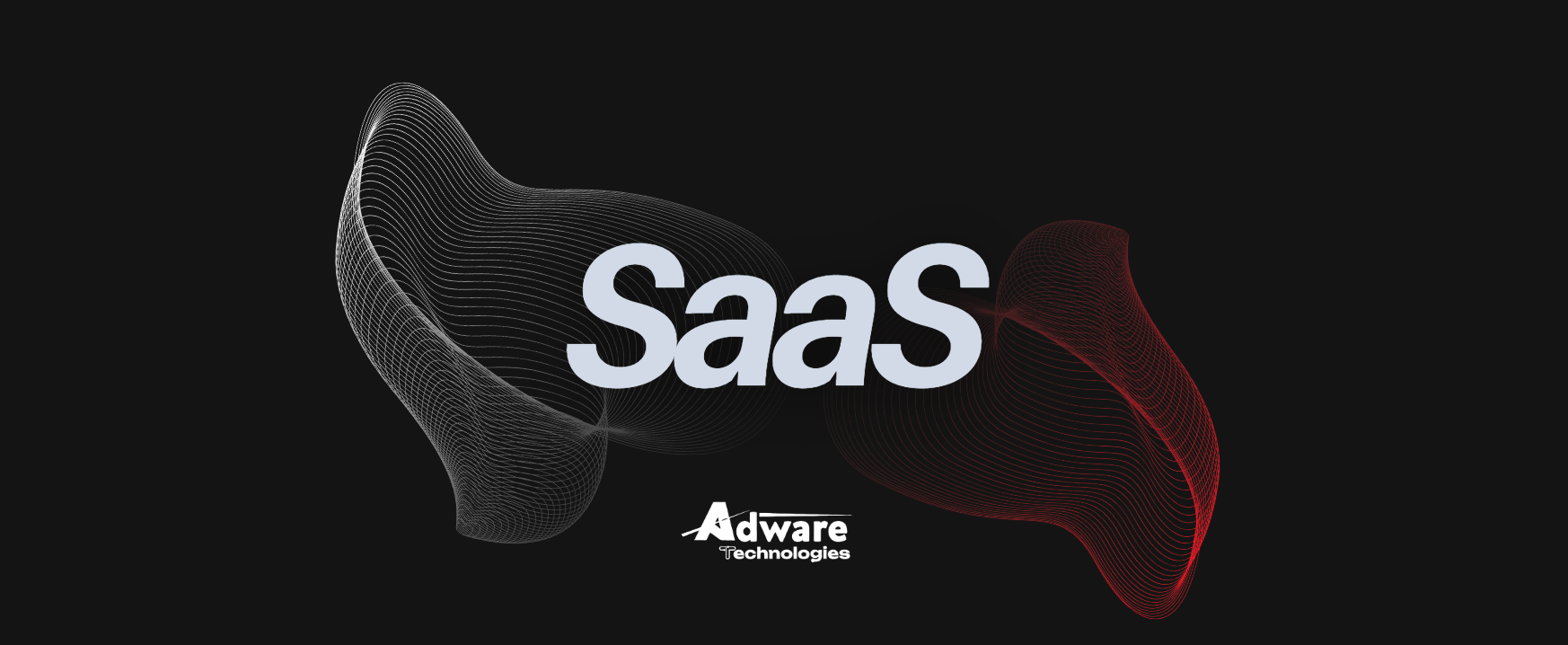Building a SaaS product is hard, but keeping it alive after launch is harder. Most SaaS startups don’t fail because of bad ideas, they fail because of bad execution. I’ve seen it time and again, founders pour everything into a launch only to watch their product fizzle out. At Adware Technologies, we’ve built SaaS platforms like Reviewshake and Holisticly that thrive long after launch. Here’s why most SaaS products crash, and how we help startups avoid those traps.
1. Ignoring User Retention
Many SaaS founders obsess over getting users to sign up, but forget about keeping them. A flashy launch might drive trials, but if users churn after a week, your product is dead. Investors and customers notice when retention tanks, and so does your revenue.
How We Fix It: We design for retention from the start. Using React for intuitive interfaces and Ruby on Rails for robust backend logic, we build features like personalized onboarding and in-app notifications, as seen in our work on Learnetto. We integrate analytics tools like Mixpanel to track user behavior, so you know what keeps users coming back.
2. Building Unscalable Tech
A SaaS product that can’t handle growth is a time bomb. Too many startups launch with tech that works for a hundred users but crashes at a thousand. Rewriting your codebase after launch is expensive, slow, and a death sentence for momentum.
How We Fix It: We architect for scale upfront. Our team uses Ruby on Rails with PostgreSQL and Redis to build modular, API-driven platforms that grow effortlessly, like Yourgreenpal. We deploy on AWS or Heroku for reliability, ensuring your SaaS can handle spikes without breaking. Scalability isn’t an afterthought, it’s the foundation.
3. Neglecting Performance and Speed
Users expect SaaS products to be fast and flawless. If your app lags, crashes, or feels clunky, users will ditch it for a competitor. Slow performance kills trust, and no amount of marketing can fix a sluggish product.
How We Fix It: We prioritize performance with tools like Sidekiq for background jobs and RSpec for rigorous testing. Our work on Kitchenmate shows how we optimize load times and streamline user flows with React and Tailwind CSS. Every click feels instant, because we know users won’t wait.
4. Weak Security and Trust
SaaS users trust you with their data. A single breach, or even the perception of weak security, can sink your product. Many startups cut corners on security to save time, only to pay a heavier price when users lose confidence.
How We Fix It: We embed security at every layer. Using gems like Devise and Pundit, we implement robust authentication and authorization, as seen in our work on Sparestaff. We follow best practices for encryption and compliance, and leverage AWS tools like RDS for secure data storage. Your users trust you, because we make sure they can.
5. Failing to Iterate Fast
The SaaS game moves fast. If you’re not iterating based on user feedback and market shifts, your product becomes irrelevant. Too many startups launch, sit back, and expect success, only to be outpaced by competitors who adapt.
How We Fix It: We build agility into every project. Our agile process, using tools like Jira and Git, lets us ship updates weekly, as we did for Tunelark. We use RSpec to test new features and gather user feedback through beta testing, ensuring your SaaS evolves with demand. Speed and adaptability are how you stay ahead.
Launch a SaaS That Lasts
Your SaaS product doesn’t have to crash after launch. Build for retention, scale smart, prioritize performance, lock down security, and iterate fast. That’s how you turn a good idea into a great business. At Adware Technologies, we’ve helped startups like Reviewshake and Task.io launch SaaS platforms that grow and thrive. Don’t let your product become another statistic. Contact Adware Technologies today for a free SaaS strategy session, and let’s build something that lasts.




Comments (0)